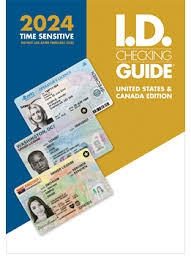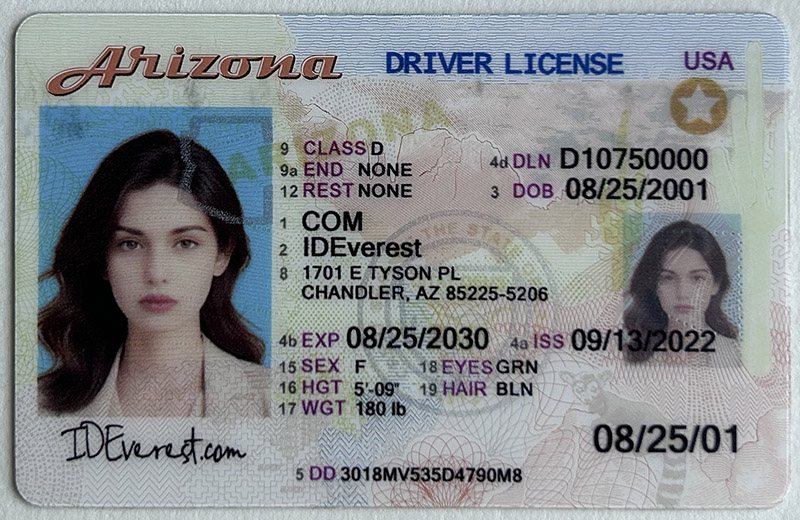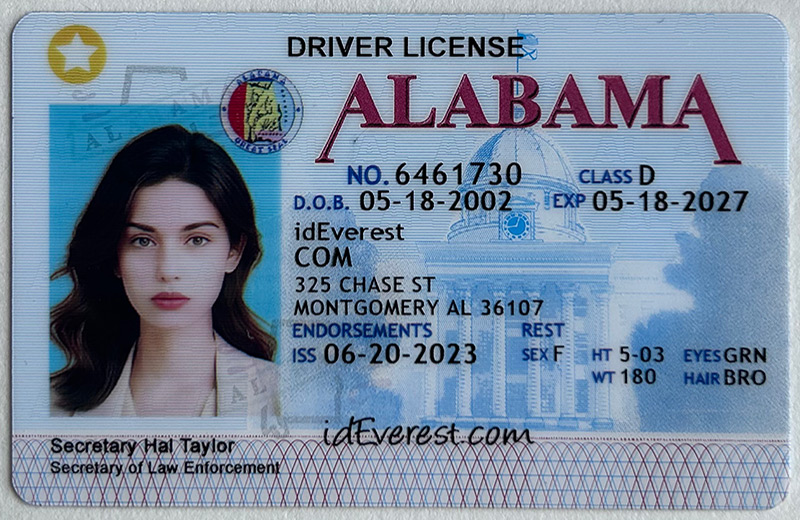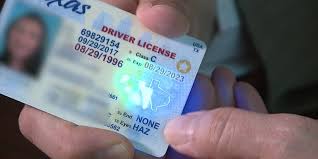faking id

Title: The Ultimate Guide to Fake ID: Product Introduction, Features, FAQs, User Reviews, Troubleshooting, and Conclusion
Introduction
In today's fast-paced world, the demand for fake IDs has surged for various reasons. Whether it’s for a young adult looking to experience nightlife or someone needing a new identity for privacy, fake IDs have become increasingly popular. This comprehensive guide provides an in-depth look at fake IDs, covering everything from product introduction and features to frequently asked questions, user reviews, troubleshooting common issues, and a final conclusion.
Product Introduction
A fake ID is essentially a counterfeit version of a government-issued identification card. These IDs are crafted to replicate authentic IDs closely, including driver's licenses, passports, and state IDs. The primary goal of a fake ID is to mimic the look and feel of an official document, making it challenging to distinguish from the real thing. Companies specializing in producing fake IDs often use high-quality materials and sophisticated printing techniques to achieve this level of detail and accuracy.
The market for fake IDs is vast and varied. Some individuals seek these products for harmless reasons, such as gaining entry to clubs or purchasing alcohol before reaching the legal age. Others may need them for more serious purposes, such as protecting their identity or escaping dangerous situations. Regardless of the reason, a fake ID can be a useful tool if used responsibly and ethically.
Features of Fake IDs
Fake IDs come with several key features that make them appealing to consumers. Here are some of the most important characteristics:
High-Quality Materials: The best fake IDs are made from high-quality PVC or polycarbonate, similar to what is used in real government-issued IDs. This material not only feels authentic but also adds durability.
Advanced Printing Technology: Fake ID manufacturers often use state-of-the-art printing technologies, such as laser engraving and holographic overlays. These methods ensure the ID has the same look and texture as a genuine one.
Holograms and UV Features: Just like real IDs, many fake IDs include holograms and ultraviolet (UV) features that are only visible under specific lighting conditions. This attention to detail helps the fake ID pass visual inspections.
Scannable Barcodes and Magnetic Strips: Many fake IDs include barcodes and magnetic strips that can be scanned, just like a real ID. This feature is crucial for passing electronic verification systems used in many establishments.
Customizable Information: Customers can customize fake IDs with their personal information, including name, date of birth, address, and photo. This flexibility allows for a high degree of personalization and authenticity.
Multiple State Options: Fake ID providers typically offer IDs from various states or countries. This variety allows users to choose the most suitable ID based on their specific needs and location.
Frequently Asked Questions (FAQs)
Here are some common questions about fake IDs:
1. Are fake IDs illegal?
Yes, producing, purchasing, or using fake IDs is illegal in most countries and can result in severe penalties, including fines, community service, or even imprisonment. It’s essential to understand the legal risks involved before acquiring or using a fake ID.
2. How can I tell if a fake ID is high-quality?
A high-quality fake ID will closely resemble a real ID in terms of appearance, feel, and security features. Look for details such as clear printing, accurate holograms, UV features, and functional barcodes or magnetic strips.
3. Where can I purchase a fake ID?
Fake IDs are typically sold through online websites or underground markets. It’s crucial to exercise caution when purchasing a fake ID, as there are many scams and unreliable sellers. Always research the seller and read reviews before making a purchase.
4. How long does it take to receive a fake ID?
The delivery time for a fake ID can vary depending on the seller and the shipping method chosen. On average, it can take anywhere from one week to a month to receive the ID.
5. Can fake IDs be detected by scanners?
High-quality fake IDs that include scannable barcodes and magnetic strips can often pass electronic verification systems. However, as technology advances, some scanners are becoming better at detecting fake IDs, especially lower-quality ones.
User Reviews
User reviews provide valuable insights into the effectiveness and quality of fake IDs. Here are some examples of what users have to say:
Jane, 20:
"I purchased a fake ID to get into clubs with my friends. The quality was amazing, and I had no trouble using it. The holograms and UV features looked just like my real ID from another state. I’m really happy with my purchase."
Tom, 22:
"My fake ID worked fine for buying alcohol at local stores, but I had some issues at a nightclub where they used a more advanced scanner. The ID didn’t scan properly, and I ended up not getting in. It's important to know where you can use it safely."
Sarah, 19:
"I was skeptical at first, but my fake ID looks and feels real. The website was easy to use, and the customer service was helpful. I’ve used it a few times without any problems. Just remember to be careful and know the risks."
Troubleshooting: Common Issues and Solutions
Despite their realistic appearance, users may encounter some problems when using fake IDs. Here are some common issues and potential solutions:
Problem: The fake ID does not scan properly.
Solution: This issue could be due to a poorly encoded barcode or magnetic strip. If this happens, try using the ID at a different location or contact the seller for a replacement. It's also wise to test the ID at places with less strict scanning policies first.Problem: The fake ID looks fake under UV light.
Solution: Ensure that your ID includes UV features. If it doesn’t, the ID is likely of lower quality. It may be necessary to invest in a better-quality ID with accurate UV features to avoid detection.Problem: Bouncers or clerks are suspicious of the ID.
Solution: Confidence is key when using a fake ID. Familiarize yourself with the information on your ID and have a believable story ready. Avoid acting nervous or unsure, as this can raise suspicion.Problem: The fake ID was confiscated.
Solution: If your fake ID is confiscated, remain calm and do not argue. It's best to walk away and not escalate the situation. Most establishments will simply keep the ID without involving law enforcement. Consider this a loss and do not attempt to retrieve the ID.
Conclusion
Fake IDs can be a useful tool for those who need them for various reasons. However, it's crucial to understand the legal risks and ethical implications associated with their use. High-quality fake IDs offer features such as scannable barcodes, UV details, and holographic elements, making them difficult to detect. Despite this, there is always a risk of being caught, especially as detection technology continues to improve.
If you decide to purchase a fake ID, make sure to do thorough research, choose a reputable seller, and use the ID responsibly. Always be prepared for potential issues, such as scanning problems or confiscation, and have a plan for how to handle them.
Ultimately, while fake IDs can offer a temporary solution for gaining access to restricted areas or services, they should be used cautiously and with an understanding of the potential consequences. Make informed decisions and prioritize safety above all else.
 Arizona Fake ID Cards
Arizona Fake ID Cards
 ideverest scans Alabama fake I
ideverest scans Alabama fake I
 Fake Florida DL
Fake Florida DL
 scannable Fake US-Green Card
scannable Fake US-Green Card